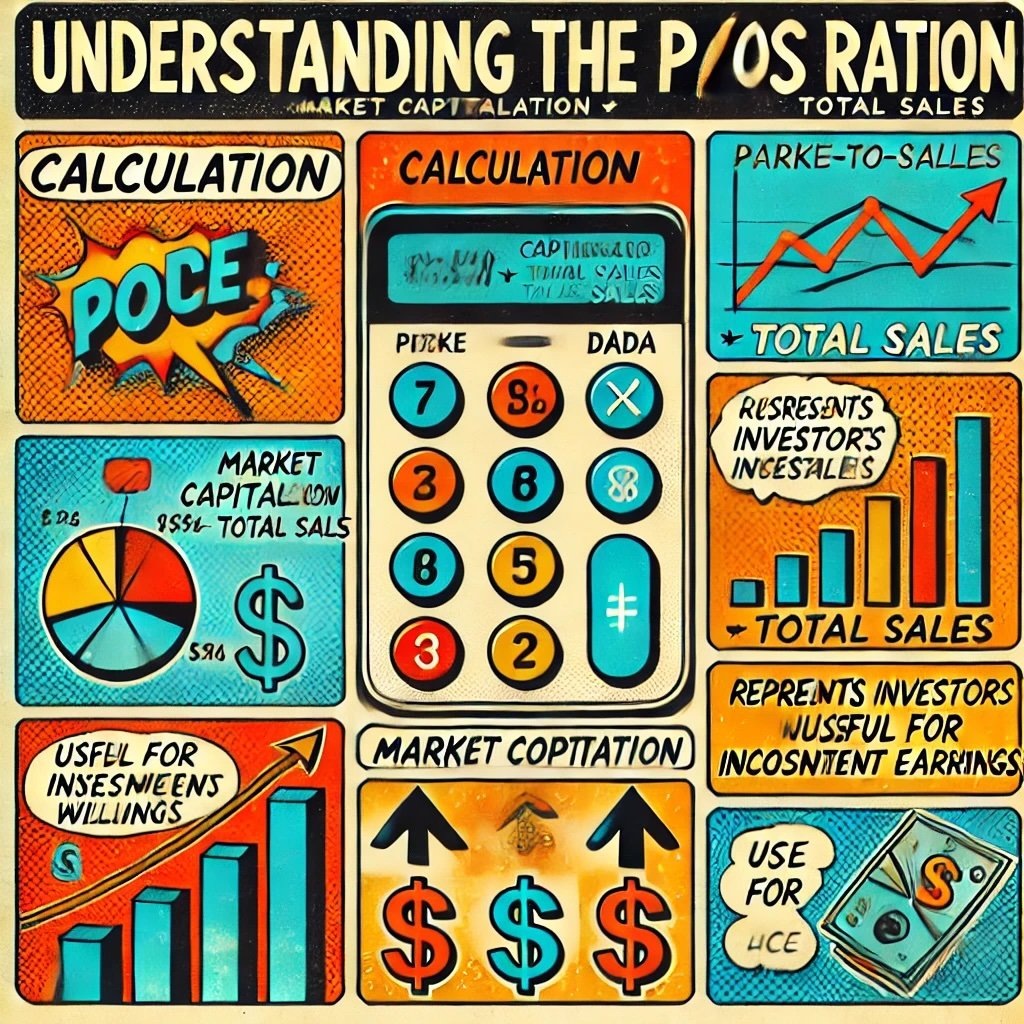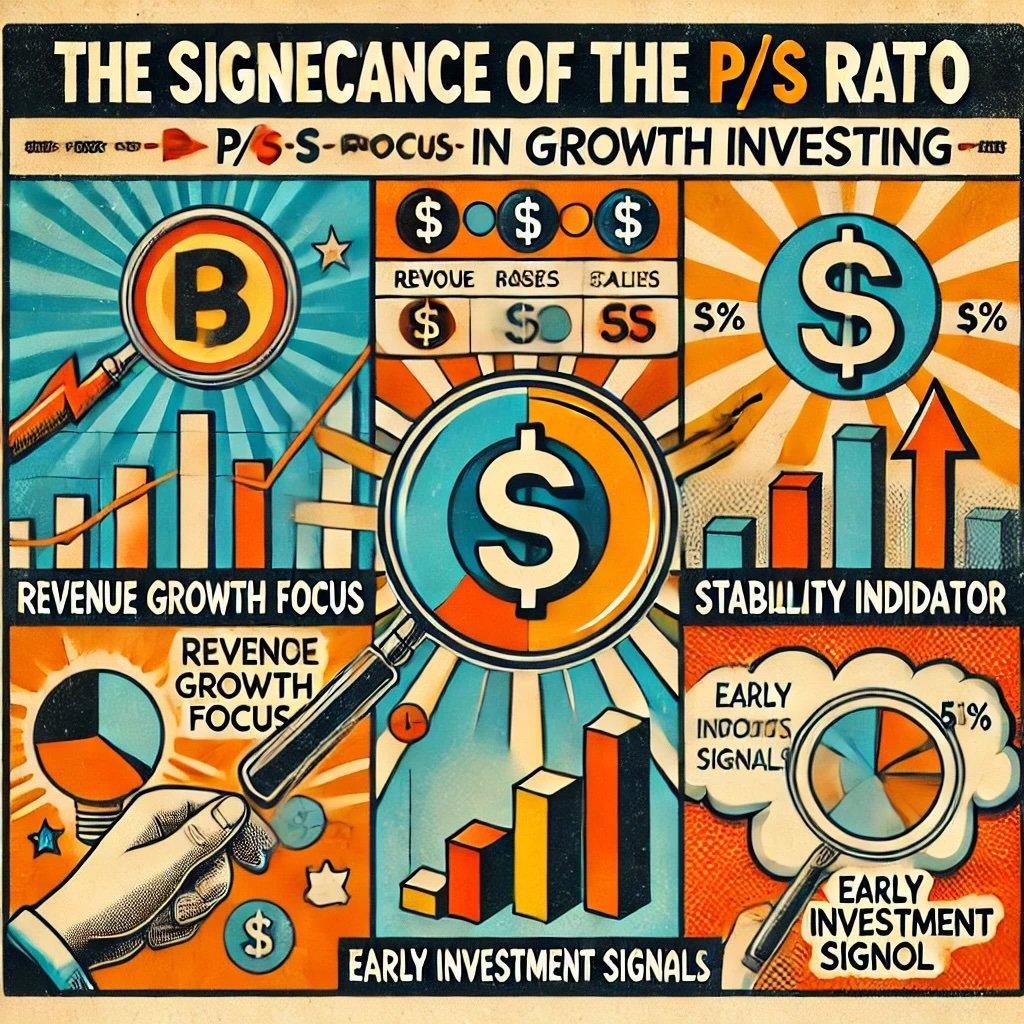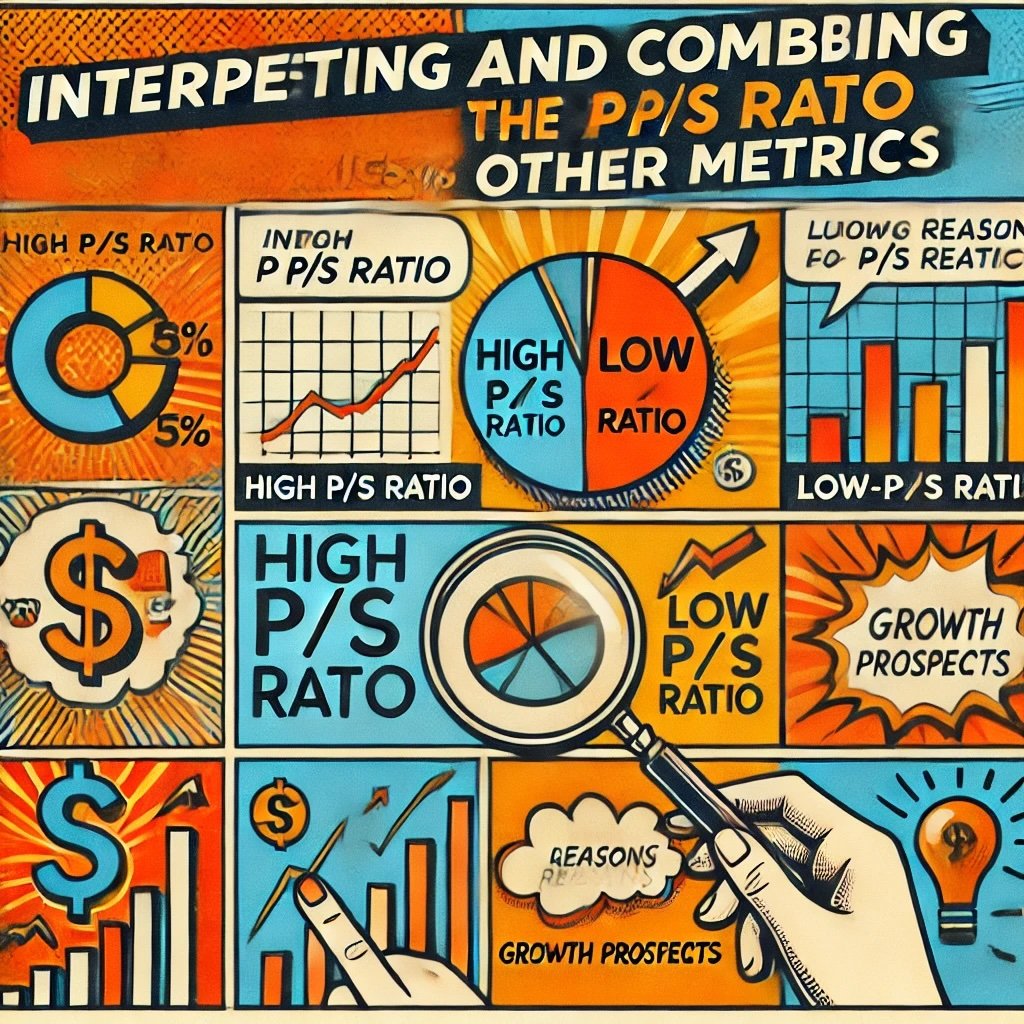Kenneth Fisher stands tall in the investment landscape. As the founder of Fisher Investments, he has revolutionized how individuals approach wealth management and investment strategies. With a career spanning over five decades, Fisher has authored numerous best-selling books, sharing his insights and philosophies on successful investing. His emphasis on thorough research, disciplined strategies, and a deep understanding of market dynamics has earned him a revered place among both novice and seasoned investors. Fisher’s contributions extend beyond his firm; he’s a thought leader who continuously shapes modern investment practices through his writings and teachings.
source: Fisher Investments on YouTube
- Founder of Fisher Investments: Established one of the largest independent money management firms.
- Prolific Author: Written several influential books on investing, including “Common Stocks and Uncommon Profits.”
- Thought Leader: Regularly shares his expertise through articles, seminars, and media appearances.
Tip for Best Practices: Study Kenneth Fisher’s books and articles to gain a deeper understanding of his investment principles and strategies. This foundational knowledge will enhance your ability to apply his methods effectively.

Overview of Kenneth Fisher: A Titan in the Investment World
Price-to-Sales (P/S) ratio stands out as a powerful tool for identifying undervalued growth opportunities. This article aims to demystify Kenneth Fisher’s use of the P/S ratio, providing a clear and actionable guide on how you can incorporate this metric into your own investment strategy. By breaking down the complexities of the P/S ratio, we’ll show you how to leverage it to uncover hidden gems in the stock market. Whether you’re a seasoned investor seeking to refine your approach or a beginner eager to learn effective investment techniques, understanding the P/S ratio is crucial. Our goal is to empower you with the knowledge and tools needed to make informed and profitable investment decisions.
- Educational Focus: Explain the mechanics and application of the P/S ratio in simple terms.
- Actionable Insights: Provide practical steps for readers to apply the P/S ratio in their investment strategies.
- Target Audience: Cater to both experienced investors and newcomers looking to enhance their investment toolkit.
Tip for Best Practices: Start integrating the P/S ratio into your stock screening process by setting specific criteria based on your investment goals. This focused approach will help you identify the most promising opportunities.

Importance of the P/S Ratio: Unlocking Undervalued Growth Opportunities
The Price-to-Sales (P/S) ratio is more than just a number; it’s a gateway to discovering undervalued growth opportunities in the market. Kenneth Fisher places significant emphasis on the P/S ratio because it provides a clear picture of how much investors are paying for each dollar of a company’s sales. Unlike the Price-to-Earnings (P/E) ratio, the P/S ratio is less susceptible to accounting manipulations and can be particularly useful for evaluating companies that are not yet profitable but exhibit strong revenue growth. By focusing on the P/S ratio, investors can identify companies that have solid sales performance but are trading at a discount, offering potential for substantial returns as the market recognizes their true value. This metric is especially valuable in sectors where earnings are volatile or non-existent, allowing investors to make informed decisions based on reliable sales data.
- Revenue-Based Valuation: Focuses on a company’s sales rather than earnings, providing a different perspective on valuation.
- Less Susceptible to Manipulation: Unlike earnings, sales figures are harder to manipulate, offering a more reliable metric.
- Versatile Across Industries: Applicable to various sectors, including those with high growth but low or negative earnings.
Tip for Best Practices: Use the P/S ratio in conjunction with other financial metrics to validate the attractiveness of an investment. This multi-faceted analysis helps ensure that you’re not relying solely on one indicator when making investment decisions.

Understanding the Price-to-Sales (P/S) Ratio
What is the P/S Ratio?
The Price-to-Sales (P/S) ratio is a vital metric used to evaluate a company’s valuation relative to its revenue. It is calculated by dividing a company’s Market Capitalization by its Total Sales over a specific period, typically the past twelve months. This ratio reveals how much investors are willing to pay for each dollar of the company’s sales. A lower P/S ratio may indicate that a stock is undervalued, making it an attractive option for value investors like Kenneth Fisher. Conversely, a higher P/S ratio could suggest that a stock is overvalued or that investors expect high growth rates in the future.
- Calculation: Market Capitalization ÷ Total Sales
- Represents: Investors’ willingness to pay per dollar of sales
- Usefulness: Ideal for evaluating companies with inconsistent earnings
Tip for Best Practices: Regularly monitor the P/S ratio alongside other financial metrics to gain a comprehensive understanding of a company’s valuation. This ensures that you’re not solely relying on one indicator when making investment decisions.
Importance in Investing
For Kenneth Fisher, the P/S ratio is a cornerstone metric in his investment toolkit, especially when it comes to identifying growth opportunities. The P/S ratio is crucial because it allows investors to assess the value of a company based on its revenue, regardless of its profitability. This is particularly important for growth companies that may be reinvesting earnings into expanding their business, resulting in lower or negative earnings in the short term. By focusing on sales, investors can identify companies that are generating strong revenue growth but might not yet show profits, providing early entry points before the market fully recognizes their potential. Fisher values the P/S ratio for its ability to highlight undervalued companies that possess robust sales figures, which can be a precursor to future profitability.
- Revenue Focus: Evaluates companies based on sales rather than earnings
- Growth Identification: Ideal for spotting companies with strong revenue growth
- Stability: Less affected by accounting manipulations and economic cycles
Tip for Best Practices: Use the P/S ratio to complement your analysis of a company’s growth prospects. Combining it with other metrics like revenue growth rates can provide deeper insights into a company’s potential.

Comparison with Other Ratios
While the Price-to-Sales (P/S) ratio is a powerful tool, it’s important to understand how it stacks up against other valuation metrics like the Price-to-Earnings (P/E) and Price-to-Book (P/B) ratios. The P/E ratio measures a company’s current share price relative to its per-share earnings, making it useful for evaluating profitability. However, it can be less effective for companies with erratic earnings or those in growth phases where earnings are reinvested. On the other hand, the P/B ratio compares a company’s market value to its book value, highlighting the value of a company’s assets. While useful, the P/B ratio might not fully capture a company’s growth potential or intangible assets.
In contrast, the P/S ratio provides a sales-based valuation that is particularly insightful for high-growth companies that may not yet be profitable. It offers a clearer picture of a company’s ability to generate revenue, independent of its earnings. This makes the P/S ratio more versatile across different industries, especially those where sales growth is a primary indicator of future success. Additionally, the P/S ratio can be a better metric for comparing companies within the same industry that have different capital structures or profit margins.
- P/E Ratio: Focuses on earnings; useful for profitable companies
- P/B Ratio: Focuses on book value; highlights asset-based valuation
- P/S Ratio: Focuses on sales; ideal for growth and unprofitable companies
Tip for Best Practices: Don’t rely solely on the P/S ratio. Use it in conjunction with the P/E and P/B ratios to get a well-rounded view of a company’s valuation and financial health.

The Significance of the P/S Ratio in Growth Investing
Why P/S Matters for Growth Stocks
When it comes to growth investing, the Price-to-Sales (P/S) ratio plays a pivotal role in identifying promising companies that may not yet be profitable. Growth stocks often reinvest their earnings into expanding operations, research and development, or market penetration, which can result in low or even negative earnings in the short term. In such cases, traditional valuation metrics like the Price-to-Earnings (P/E) ratio might not provide an accurate picture of a company’s potential. This is where the P/S ratio shines, offering a clear view of how much investors are paying for each dollar of the company’s sales. Kenneth Fisher leverages the P/S ratio to spot companies with strong revenue growth, ensuring that the focus remains on top-line performance rather than fluctuating profits. Moreover, sales can be a more stable indicator of a company’s health, especially in industries where earnings are volatile or subject to cyclical downturns.
- Revenue Growth Focus: Highlights companies with increasing sales, essential for long-term growth.
- Stability Indicator: Sales are less prone to accounting manipulations compared to earnings.
- Early Investment Signal: Identifies potential winners before profitability metrics become favorable.
Tip for Best Practices: Prioritize companies with consistent revenue growth and a P/S ratio below industry averages. This combination often signals undervaluation and robust sales performance, setting the stage for future profitability.

Screening for Opportunities
Identifying the right growth stocks using the P/S ratio requires a systematic approach. Start by setting threshold values that align with your investment goals. For instance, you might look for companies with a P/S ratio below 1.5, indicating that the stock is trading at a reasonable price relative to its sales. Next, filter your stock universe by applying this P/S threshold across different sectors to ensure you’re not missing out on opportunities in less saturated industries. Combine the P/S ratio with other criteria, such as revenue growth rates, return on equity (ROE), and manageable debt levels, to refine your selections further. This multi-faceted screening process helps in pinpointing companies that not only have attractive valuations but also exhibit strong fundamentals and growth potential. Additionally, consider using financial screening tools and software to automate and streamline the process, saving time and enhancing accuracy.
- Set Clear Thresholds: Define specific P/S ratio limits to narrow down potential investments.
- Sector Diversification: Apply P/S screening across various industries to find hidden gems.
- Combine with Other Metrics: Enhance screening by integrating additional financial criteria.
Tip for Best Practices: Use advanced screening tools to apply multiple filters simultaneously. This ensures a more efficient and comprehensive search for undervalued growth stocks that meet all your investment criteria.

Interpreting and Combining the P/S Ratio with Other Metrics
High vs. Low P/S Ratios: Understanding the Signals
The Price-to-Sales (P/S) ratio is a powerful tool, but its true value lies in how you interpret it. A high P/S ratio often indicates that investors are willing to pay a premium for each dollar of sales, which can be justified in scenarios where a company demonstrates exceptional growth potential, strong market positioning, or innovative products. For instance, tech giants with cutting-edge technologies may command higher P/S ratios because their sales are expected to grow rapidly in the future.
Conversely, a low P/S ratio typically signals that a stock is undervalued relative to its sales. This can be a golden opportunity for investors seeking bargains. However, it’s essential to understand why the P/S ratio is low. It might indicate that the market has overlooked the company’s potential or that the company is facing challenges that could hinder future sales growth.
- High P/S Ratio:
- Justified by strong growth prospects
- Supported by a robust market position or innovative products
- Reflects investor confidence in future sales expansion
- Low P/S Ratio:
- Potential undervaluation and buying opportunity
- Requires investigation into underlying reasons
- May indicate overlooked growth potential or temporary setbacks
Tip for Best Practices: Always investigate the reasons behind a high or low P/S ratio. Understanding the context ensures that you’re making informed investment decisions rather than relying solely on numerical indicators.
Context Matters: Industry Norms and Variations
The P/S ratio doesn’t exist in a vacuum. Its significance varies across different industries, making it crucial to consider industry norms when interpreting the ratio. For example, industries like technology and biotechnology typically have higher P/S ratios due to their growth potential and innovation-driven sales. On the other hand, more stable and mature industries like utilities or manufacturing often exhibit lower P/S ratios.
- Technology Sector:
- Higher P/S ratios due to rapid growth and innovation
- Investors expect substantial future sales increases
- Retail Sector:
- Moderate P/S ratios reflecting steady but slower growth
- Emphasis on sales stability and market presence
- Utilities Sector:
- Lower P/S ratios due to consistent but limited growth
- Focus on reliable sales and dividends
Example: A P/S ratio of 3 might be standard in the tech industry but could indicate overvaluation in the retail sector. Understanding these nuances helps in making more accurate comparisons and investment choices.
Tip for Best Practices: Compare a company’s P/S ratio to its industry peers to gauge whether it’s undervalued or overvalued within its sector. This relative analysis provides better insights than looking at the ratio in isolation.
Holistic Approach: Combining P/S with Other Metrics
Kenneth Fisher doesn’t rely solely on the P/S ratio. Instead, he adopts a holistic approach, integrating multiple financial metrics to form a comprehensive view of a company’s value. By combining the P/S ratio with Earnings Growth, Return on Equity (ROE), and Debt Levels, Fisher ensures a well-rounded analysis that mitigates the limitations of any single metric.
- Earnings Growth: Assesses the company’s ability to increase profits over time, indicating sustainable growth.
- Return on Equity (ROE): Measures how effectively a company uses shareholders’ equity to generate profits.
- Debt Levels: Evaluates the company’s financial leverage and ability to manage debt, ensuring long-term stability.
Example: When evaluating a high P/S ratio stock, Fisher might check if the company also has strong earnings growth and high ROE, justifying the premium. Similarly, for low P/S ratio stocks, he ensures that the company maintains manageable debt levels and consistent revenue growth.
Tip for Best Practices: Don’t stop at the P/S ratio. Incorporate additional metrics like ROE and earnings growth to validate your investment thesis and ensure comprehensive due diligence.

Avoiding Value Traps: Beyond the Numbers
While the P/S ratio is invaluable, relying solely on it can lead to value traps—investments that appear cheap on paper but harbor underlying issues. Kenneth Fisher emphasizes the importance of considering qualitative factors to avoid such pitfalls. Factors like management quality, business model sustainability, and market position play a crucial role in ensuring that a low P/S ratio truly represents an investment opportunity rather than a distressed company.
- Management Quality: Strong leadership can navigate challenges and drive growth, making a low P/S ratio more appealing.
- Business Model: A sustainable and adaptable business model ensures long-term sales growth.
- Market Position: Companies with a competitive edge are better positioned to capitalize on their sales, justifying a higher valuation.
Example: Fisher once identified a retail company with a low P/S ratio. Upon deeper analysis, he discovered that the company had a strong management team and a unique business model that was poised for a turnaround, transforming it from a potential value trap into a profitable investment.
Tip for Best Practices: Always pair the P/S ratio with a thorough qualitative analysis. Investigate the company’s leadership, business model, and competitive landscape to ensure you’re not investing in a value trap.

Applying Fisher’s P/S Strategy in Your Portfolio
Step-by-Step Guide: Incorporating the P/S Ratio into Your Stock Selection
Emulating Kenneth Fisher’s Price-to-Sales (P/S) strategy involves a systematic approach to selecting stocks that offer strong growth potential at attractive valuations. Here’s a step-by-step guide to help you integrate the P/S ratio into your investment process:
Set Your Screening Criteria
- Determine P/S Thresholds: Decide on a P/S ratio range that aligns with your investment goals. For example, you might target companies with a P/S ratio below 1.5 to identify undervalued stocks.
- Select Industries: Focus on sectors where the P/S ratio is a more reliable indicator, such as technology, biotechnology, or consumer discretionary.
- Define Additional Metrics: Combine the P/S ratio with other criteria like revenue growth rates, ROE, and manageable debt levels to narrow down your options.
Screen for Potential Stocks
- Use Screening Tools: Utilize financial screening platforms to filter stocks based on your predefined P/S ratio and additional metrics.
- Create a Shortlist: Generate a list of companies that meet your criteria. This shortlist should consist of stocks that not only have attractive P/S ratios but also demonstrate strong fundamentals.
- Analyze Shortlisted Stocks
- Conduct In-Depth Research: Dive into each shortlisted company’s financial statements, business model, and market position. Assess their revenue growth trajectory and profitability potential.
- Evaluate Management: Examine the quality and track record of the company’s leadership team. Strong, visionary management is crucial for driving growth.
- Assess Competitive Advantages: Identify any sustainable competitive edges, such as unique technologies, strong brand recognition, or significant market share.
Make Informed Investment Decisions
- Compare Intrinsic Values: Calculate the intrinsic value of each shortlisted stock using your analysis. Ensure that the current market price offers a sufficient margin of safety.
- Prioritize Investments: Rank the companies based on their potential for growth and valuation attractiveness. Focus on those that best meet your investment thesis.
- Execute Trades: Invest in the selected stocks, ensuring that each investment aligns with your overall portfolio strategy and risk tolerance.
- Set Clear Goals: Define what you aim to achieve with each investment.
- Stay Consistent: Apply the P/S ratio consistently across your stock selection process.
- Monitor Performance: Regularly track the performance of your investments to ensure they continue to meet your criteria.
Tip for Best Practices: Develop a disciplined investment routine by setting specific times for screening, analysis, and portfolio reviews. Consistency is key to successfully implementing Fisher’s P/S strategy.
Tools and Resources: Enhancing Your Stock Screening Process
To effectively apply the P/S ratio in your investment strategy, leveraging the right tools and resources is essential. Here are some recommendations to streamline your stock screening and analysis:
- Financial Screening Platforms:
- Yahoo Finance: Offers customizable stock screeners that allow you to filter based on P/S ratio and other financial metrics.
- Finviz: A powerful tool for screening stocks with advanced filters, including industry-specific P/S ratios.
- Morningstar: Provides detailed financial data and screening capabilities to identify undervalued stocks.
- Investment Research Software:
- Bloomberg Terminal: Comprehensive tool for in-depth financial analysis and real-time data.
- Seeking Alpha: Offers insights, analysis, and stock screening tools tailored to value investors.
- Zacks Investment Research: Features robust screening options and detailed company reports.
- Online Resources:
- Investopedia: Great for understanding financial metrics and investment strategies.
- Kenneth Fisher’s Books and Articles: Gain deeper insights directly from Fisher’s own writings and teachings.
- Stock Analysis Websites: Platforms like GuruFocus and Simply Wall St provide visual representations of financial metrics, including the P/S ratio.
- Educational Platforms:
- Coursera and Udemy: Offer courses on value investing and financial analysis that can enhance your understanding of the P/S ratio.
- YouTube Channels: Channels like Aswath Damodaran’s provide valuable tutorials on valuation metrics and investment strategies.
Tip for Best Practices: Utilize a combination of free and premium tools to maximize your screening capabilities. Start with basic screeners and gradually incorporate more advanced software as you become comfortable with the P/S ratio and other financial metrics.

Portfolio Construction: Building a Diversified Deep Value Portfolio
Constructing a diversified portfolio using Fisher’s P/S strategy involves balancing high P/S ratio investments with other holdings to ensure resilience and sustained growth. Here are some tips to help you build a well-rounded portfolio:
- Diversify Across Industries
- Invest in multiple sectors to reduce the impact of industry-specific downturns.
- For example, combine technology stocks with consumer goods and healthcare to spread risk.
- Balance High and Low P/S Ratios
- Include a mix of stocks with varying P/S ratios to capture different growth opportunities.
- High P/S ratio stocks can offer high growth potential, while low P/S ratio stocks provide value and stability.
- Incorporate Other Valuation Metrics
- Use metrics like Earnings Growth, ROE, and Debt Levels to complement the P/S ratio.
- This holistic approach ensures that your investments are not only undervalued but also fundamentally strong.
- Maintain a Margin of Safety
- Ensure that each investment has a significant margin of safety to protect against potential losses.
- Reinvest profits into new opportunities to continually strengthen your portfolio.
- Regular Portfolio Reviews
- Periodically assess your portfolio to ensure it remains aligned with your investment goals.
- Adjust holdings based on performance and changing market conditions.
- Set Allocation Limits: Define how much of your portfolio each stock or sector should occupy.
- Rebalance Regularly: Adjust your portfolio to maintain your desired asset allocation.
- Stay Informed: Keep up with market trends and company news to make timely investment decisions.
Tip for Best Practices: Use a systematic approach to portfolio construction by setting clear allocation rules and sticking to them. This helps maintain balance and reduces the influence of emotional decisions on your investment strategy.

Managing Risk
Understanding Risks: Navigating the Challenges of the P/S Ratio
Investing using the Price-to-Sales (P/S) ratio can be highly rewarding, but it’s not without its risks. One significant risk is overvaluation, where a high P/S ratio may indicate that a stock is priced too high relative to its sales, potentially leading to future losses if growth expectations aren’t met. Additionally, sector-specific downturns can disproportionately impact companies within a particular industry, making diversification crucial. Economic instability is another factor that can affect sales figures and, consequently, the P/S ratio, leading to unpredictable investment outcomes. Finally, relying solely on the P/S ratio without considering other financial metrics can result in incomplete analysis, increasing the likelihood of making poor investment decisions.
- Overvaluation Risk: High P/S ratios may signal overpriced stocks.
- Sector-Specific Downturns: Industry declines can negatively impact multiple holdings.
- Economic Instability: Broader economic issues can distort sales figures and valuations.
Tip for Best Practices: Always pair the P/S ratio with other financial metrics and qualitative assessments to get a comprehensive view of a company’s health and avoid potential pitfalls.

Mitigating Risk: Strategies for a Resilient Portfolio
Managing risk when using the P/S ratio involves a combination of strategic actions and disciplined investment practices. Diversification across industries and sectors is essential to protect your portfolio from sector-specific downturns, ensuring that a decline in one area doesn’t devastate your entire investment. Setting investment limits helps prevent overexposure to any single stock or industry, maintaining balance and reducing volatility. Conducting regular portfolio reviews allows you to reassess your holdings, adjust to changing market conditions, and ensure that each investment continues to meet your criteria. Additionally, maintaining a margin of safety by investing in stocks with a reasonable P/S ratio below industry averages can provide a buffer against potential losses. By implementing these strategies, you can effectively manage and mitigate the inherent risks associated with deep value investing.
- Diversification: Spread investments across various industries to minimize sector-specific risks.
- Investment Limits: Cap the amount invested in any single stock to avoid significant losses.
- Regular Reviews: Continuously monitor and adjust your portfolio to align with your investment goals.
Tip for Best Practices: Develop a risk management plan that includes diversification, investment limits, and regular portfolio assessments to safeguard your investments against unforeseen market shifts.
Kenneth Fisher’s Price-to-Sales (P/S) Playbook — 12-Question FAQ
1) What is the Price-to-Sales (P/S) ratio and how do I calculate it?
P/S shows how much investors pay for each $1 of a company’s revenue: P/S = Market Cap ÷ Trailing-12-Month Sales (or Price ÷ Sales per share). It’s sturdy when earnings are noisy or negative and lets you compare firms with different accounting for expenses.
2) Why did Kenneth Fisher popularize P/S?
Because sales are harder to “massage” than earnings and show the top-line engine of a business. For early-stage or cyclical names, P/S can surface value before profits normalize—useful for spotting undervalued growth that traditional P/E misses.
3) What’s a “good” P/S number?
Context matters, but Fisher’s classic playbook prized low P/S relative to peers and history. Many investors start screening ≤ 1.0–1.5 for value hunting, then demand clear sales growth or margin expansion to drive rerating. Don’t treat any cutoff as gospel—compare to sector medians.
4) Should I use trailing, forward, or normalized sales?
TTM for comparability.
Forward when revenue visibility is reliable (backlogs, subscriptions).
Cycle-normalized for boom-bust industries (semis, commodities) so you don’t buy peak sales at peak multiples.
5) How do margins interact with P/S?
Low P/S + improving margins (gross/operating) is potent; P/S compresses as profits scale. Beware structurally low-margin models—a cheap P/S may stay cheap if unit economics never improve.
6) What sectors need special P/S interpretation?
Software/biotech: higher “normal” P/S if growth, retention, and LTV/CAC are strong.
Retail/auto: tighter P/S bands; watch same-store sales and inventory turns.
Capital-intensive/commodity: P/S can mislead—pair with asset quality and cycle checks.
7) How do I avoid value traps with a low P/S?
Demand three confirmations: (1) credible revenue drivers, (2) balance-sheet strength (net debt, interest cover), (3) evidence that market structure allows margin uplift (pricing power, mix shift, operating leverage).
8) What complements P/S in a Fisher-style screen?
Add revenue growth, gross margin trend, ROIC trajectory, net debt/EBITDA, share count change (dilution/buybacks), and relative P/S vs. peers. Qualitatively, score management candor, competitive moat, and industry tailwinds.
9) When is a high P/S still reasonable?
When growth durability is exceptional (long runway, switching costs, network effects), unit economics are compelling, and cohort retention is proven. High P/S without these pillars is usually just heat.
10) How do I build a P/S screening workflow?
Screen: by industry with P/S ≤ peer-median × 0.8 (or absolute ≤ 1.5).
Filter: revenue CAGR ≥ 10%, improving gross margin, manageable leverage.
Rank: by Rule-of-40-style (revenue growth + FCF margin) or growth ÷ P/S.
Verify: moat, catalysts, accounting quality.
Size: higher weight for quality + catalysts; avoid concentration.
11) What portfolio rules fit a Fisher-style approach?
Diversify by industry; cap any one name at 5–8%.
Rebalance when P/S rerates to peer-highs or thesis breaks.
Use stop-loss or time-based reviews; upgrade the bench as new candidates outrank incumbents.
12) Can you give a simple P/S checklist before buying?
P/S below sector median and improving sales trend
Gross margin flat→up, opex discipline, no aggressive revenue recognition
Net debt modest, cash runway comfortable
Clear catalyst (new product, mix shift, geographic expansion, operating leverage)
Management alignment (insider ownership, sensible comp)
Exit plan if P/S reaches target band or growth decelerates
Summary of Key Insights
We’ve delved into Kenneth Fisher’s strategic use of the Price-to-Sales (P/S) ratio and its pivotal role in identifying undervalued growth opportunities. We began by understanding what the P/S ratio is and how it’s calculated, highlighting its significance in evaluating a company’s valuation based on its revenue. We then explored why the P/S ratio is particularly important for growth stocks, enabling investors to spot companies with strong sales growth even before they become profitable. By comparing the P/S ratio with other valuation metrics like the Price-to-Earnings (P/E) and Price-to-Book (P/B) ratios, we saw how the P/S ratio offers unique advantages, especially in industries where sales growth is a key indicator of future success.
Furthermore, we examined how Fisher combines the P/S ratio with other financial metrics such as Earnings Growth, Return on Equity (ROE), and Debt Levels to form a comprehensive view of a company’s value. This holistic approach not only enhances the accuracy of investment decisions but also helps in avoiding value traps. Real-world examples and case studies illustrated how Fisher’s multifaceted analysis leads to successful investment outcomes, reinforcing the effectiveness of his strategy.
Final Thoughts
Patience, discipline, and contrarian thinking are the bedrock of Kenneth Fisher’s value investing philosophy. These principles, when combined with the effective use of the P/S ratio, create a powerful framework for achieving successful investment outcomes. Patience allows investors to wait for the right opportunities and let their investments grow over time. Discipline ensures that investors stick to their strategies, avoiding impulsive decisions driven by market noise. Meanwhile, contrarian thinking empowers investors to seek out opportunities where others see risk, uncovering hidden value that the market may have overlooked.
By embracing these enduring values, investors can navigate the complexities of the market with confidence and resilience. The P/S ratio serves as a crucial tool in this journey, providing a clear and reliable measure to identify companies with strong revenue growth and potential for long-term profitability.
Apply Fisher’s Strategies
Now that you’ve gained a comprehensive understanding of Kenneth Fisher’s P/S ratio strategy, it’s time to put these insights into action. Incorporate the P/S ratio into your own stock selection process by setting clear screening criteria and conducting thorough research on shortlisted stocks. Maintain discipline by adhering to your investment principles, even during periods of market exuberance or downturns. Embrace a long-term perspective, allowing your investments the time they need to realize their full potential.
Important Information
Comprehensive Investment Disclaimer:
All content provided on this website (including but not limited to portfolio ideas, fund analyses, investment strategies, commentary on market conditions, and discussions regarding leverage) is strictly for educational, informational, and illustrative purposes only. The information does not constitute financial, investment, tax, accounting, or legal advice. Opinions, strategies, and ideas presented herein represent personal perspectives, are based on independent research and publicly available information, and do not necessarily reflect the views or official positions of any third-party organizations, institutions, or affiliates.
Investing in financial markets inherently carries substantial risks, including but not limited to market volatility, economic uncertainties, geopolitical developments, and liquidity risks. You must be fully aware that there is always the potential for partial or total loss of your principal investment. Additionally, the use of leverage or leveraged financial products significantly increases risk exposure by amplifying both potential gains and potential losses, and thus is not appropriate or advisable for all investors. Using leverage may result in losing more than your initial invested capital, incurring margin calls, experiencing substantial interest costs, or suffering severe financial distress.
Past performance indicators, including historical data, backtesting results, and hypothetical scenarios, should never be viewed as guarantees or reliable predictions of future performance. Any examples provided are purely hypothetical and intended only for illustration purposes. Performance benchmarks, such as market indexes mentioned on this site, are theoretical and are not directly investable. While diligent efforts are made to provide accurate and current information, “Picture Perfect Portfolios” does not warrant, represent, or guarantee the accuracy, completeness, or timeliness of any information provided. Errors, inaccuracies, or outdated information may exist.
Users of this website are strongly encouraged to independently verify all information, conduct comprehensive research and due diligence, and engage with qualified financial, investment, tax, or legal professionals before making any investment or financial decisions. The responsibility for making informed investment decisions rests entirely with the individual. “Picture Perfect Portfolios” explicitly disclaims all liability for any direct, indirect, incidental, special, consequential, or other losses or damages incurred, financial or otherwise, arising out of reliance upon, or use of, any content or information presented on this website.
By accessing, reading, and utilizing the content on this website, you expressly acknowledge, understand, accept, and agree to abide by these terms and conditions. Please consult the full and detailed disclaimer available elsewhere on this website for further clarification and additional important disclosures. Read the complete disclaimer here.




